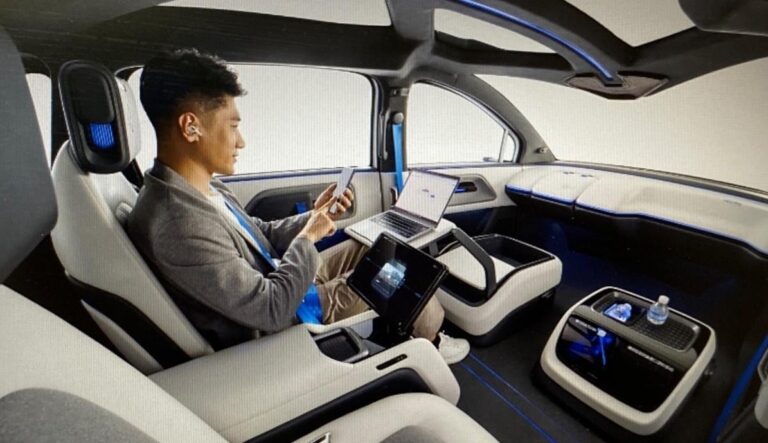Have you ever imagined taxis without drivers? This will be possible in the future. As the autonomous driving technology gradually develops, there is a possibility of taxis utlizing this autonomous driving tactics. Currently, many countries are developing robotaxi technology which is expected to be available as early as in ten years.
The robotaxi technology conveys many benefits. Since these robotaxis are used by artificial intelligence, it reduces the possibility for car traffic problems to occur. Not only does it reduce the car traffic problems, but also it results in high R&D investments, reduced gas emissions, improved road safety, and increased ride-hailing service. The technology will further develop and lead to a change in policy which encourages the economic development of the robotaxi market.
At this time, there are some countries using robotaxi technology. In China, you will see some robotaxis on the road. A huge IT company named Baidu is working to develop the technology for use. Baidu tested technological efficiency in ten countries in Wuhan and Chongqing. Sensors, radars, and cameras were placed in all over the vehicles during the experiment session. The most recent models cost about $37000, which is roughly half the cost of the previous generation. There was also a screen in the backseat which scanned some obstacles outside. With these developments, Baidu has planned to instill the technology in millions of vehicles until 2030.

This robotaxi is also present in South Korea. Hyundai Motor and Kia introduced additional vehicles to Roboride pilot services operated in Gangnam. The companies plan to secure additional autonomous driving data in the city center and verify the platform as stable autonomous driving services in the future. They use Hyundai Ioniq 5 with level four autonomous driving capabilities which allows self-driving, but it may require human assistance. To this end, the service is operated by an experience group composed of executives and employees. Selected executives and employees can call and use Roboride cars through the Kakao T app. Through this experience of autonomous driving, Kakao T is planning to expand its autonomous driving service in the future.
Other IT groups and car companies, apart from China and Korea, are still developing robotaxies. For example, Tesla has been developing robotaxis and is mass producing them by 2024. The robotaxi market is rising right now. Soon, you might see taxis without human drivers.
By. David Choi


